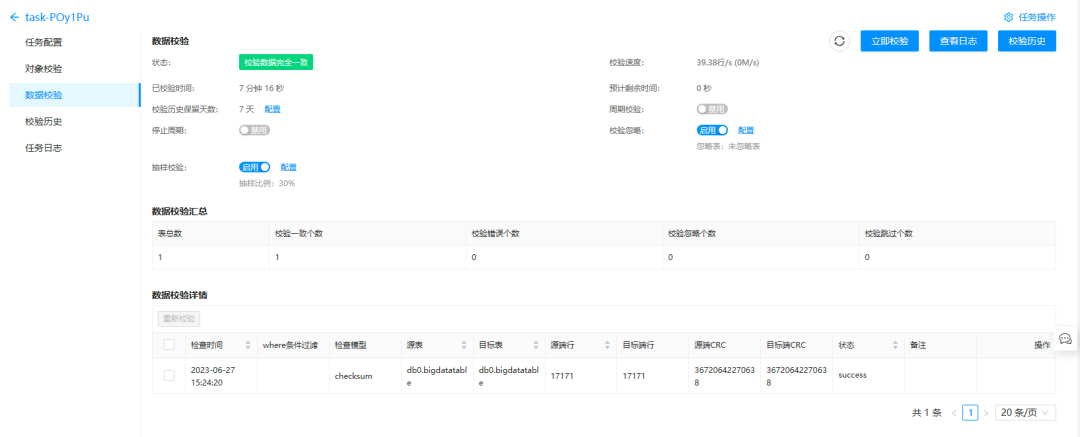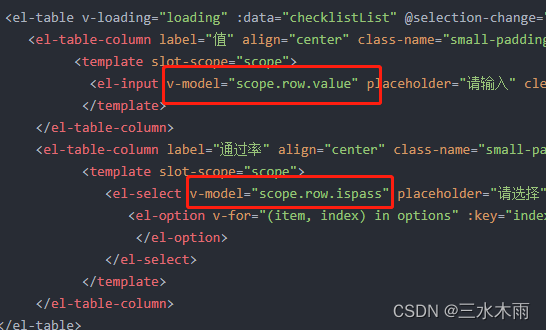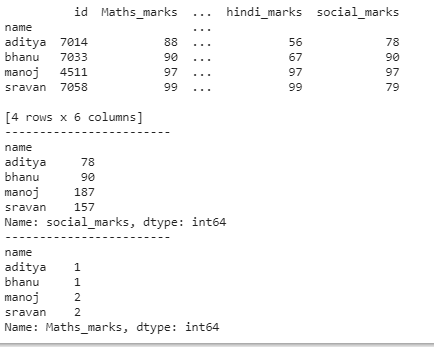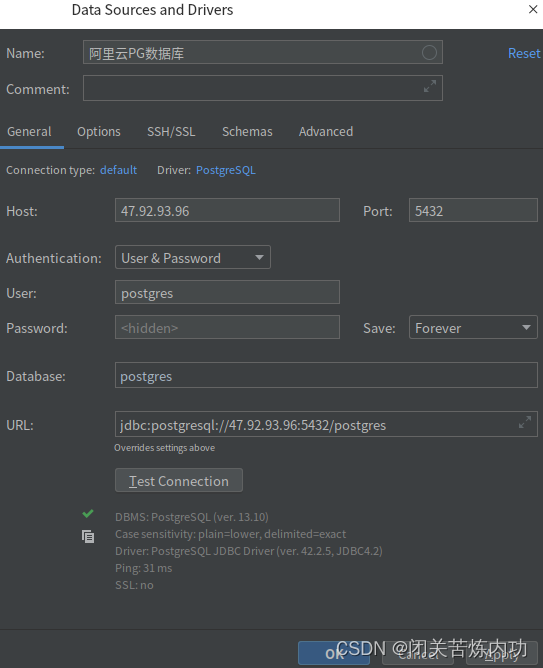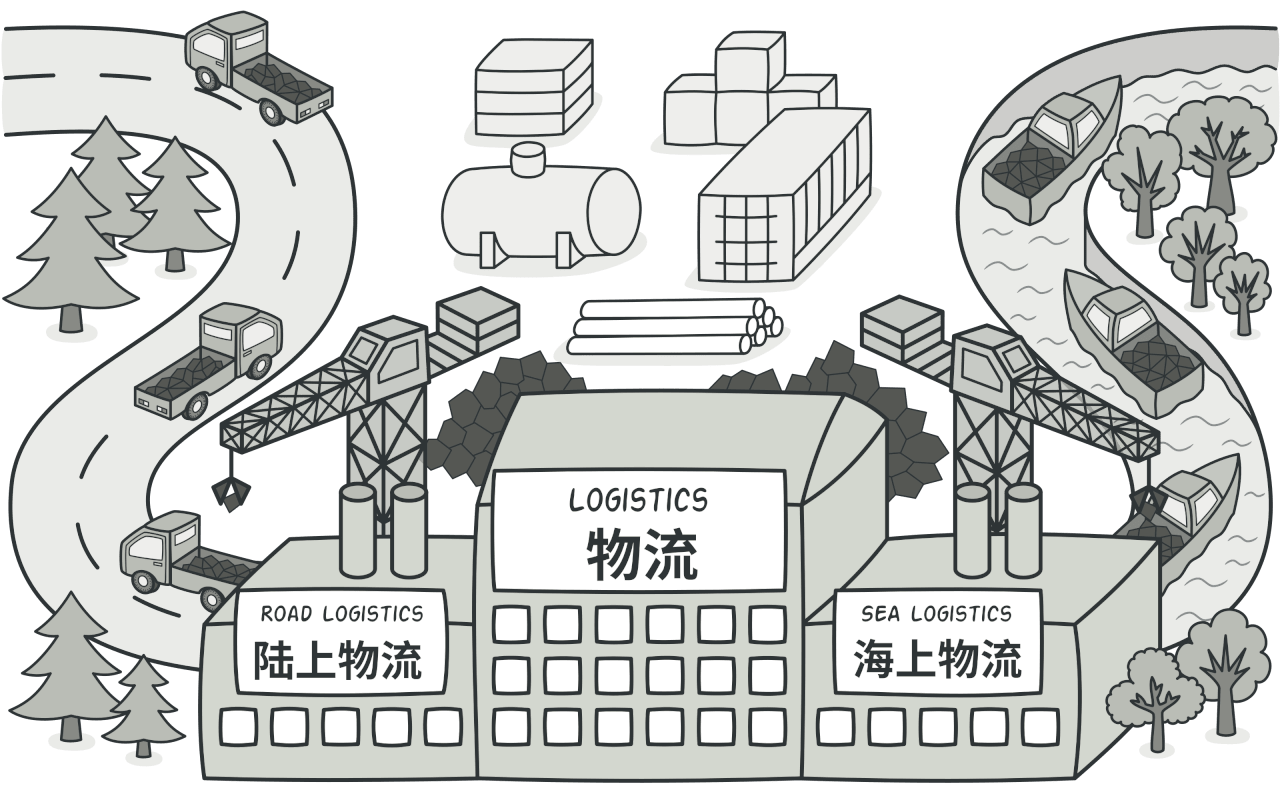
文章目录
当你在编写代码的过程中, 如果无法预知对象确切类别及其依赖关系时, 可使用工厂方法。
工厂方法将创建产品的代码与实际使用产品的代码分离, 从而能在不影响其他代码的情况下扩展产品创建部分代码。
例如, 如果需要向应用中添加一种新产品, 你只需要开发新的创建者子类, 然后重写其工厂方法即可。
示例如下:
package entities
import (
"fmt"
"time"
)
// thing has ID, it appears at Time() and Addr()
type thing interface {
Time() time.Time
Addr() string
ID() string
}
type ThingType string
const (
ThingTypeRoad = "road"
ThingTypeShip = "non_oil_pay"
)
type createThingFunc func(tm time.Time, addr, id string) thing
var createThingFuncs = map[ThingType]createThingFunc{
ThingTypeInsideVehiclesIndex: newInsideVehiclesIndex,
}
func createThing(thingType ThingType) (createThingFunc, error) {
f, ok := createThingFuncs[thingType]
if !ok {
return nil, fmt.Errorf("unsupport thingType: %v", thingType)
}
return f, nil
}
func newRoadThing(tm time.Time, addr, id string) thing {
return &RoadThing{
Ts: time.Now().UnixMilli(),
Addr: addr,
ID: id,
}
}
func newShipThing(tm time.Time, addr, id string) thing {
return &ShipThing{
Ts: time.Now().UnixMilli(),
Addr: addr,
ID: id,
}
}
参考
go 实现

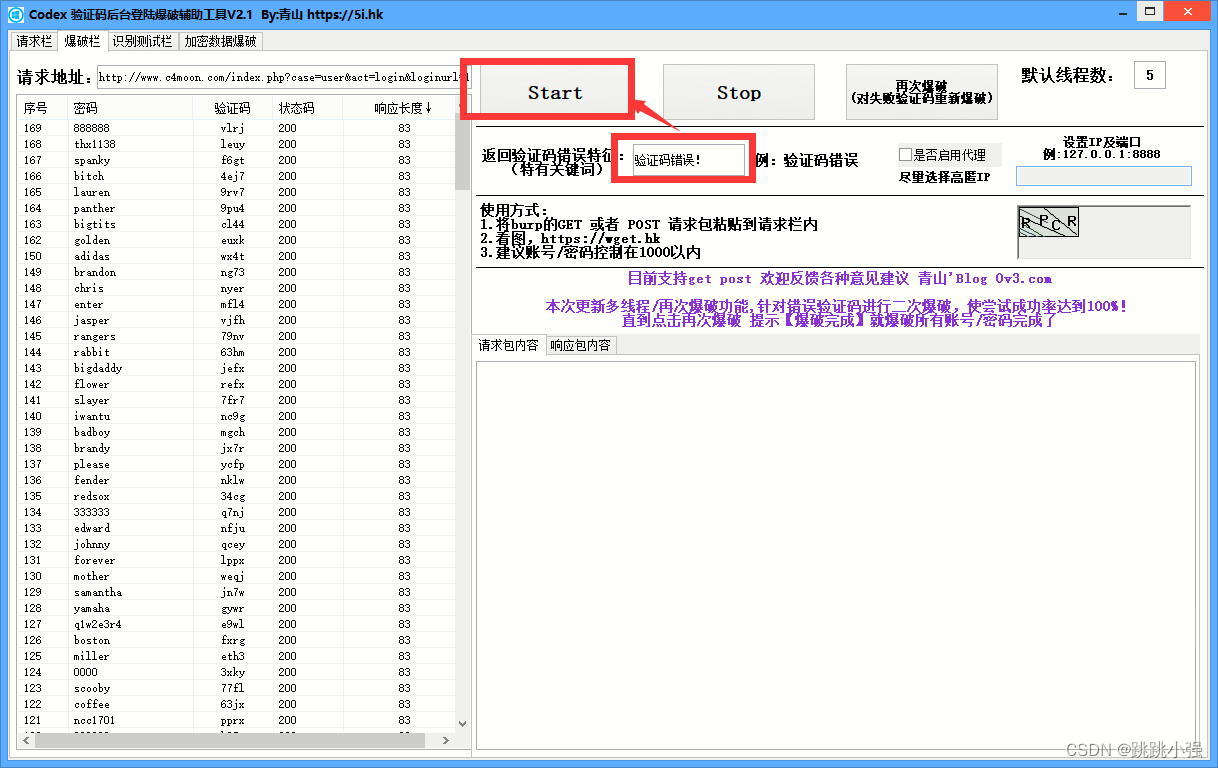


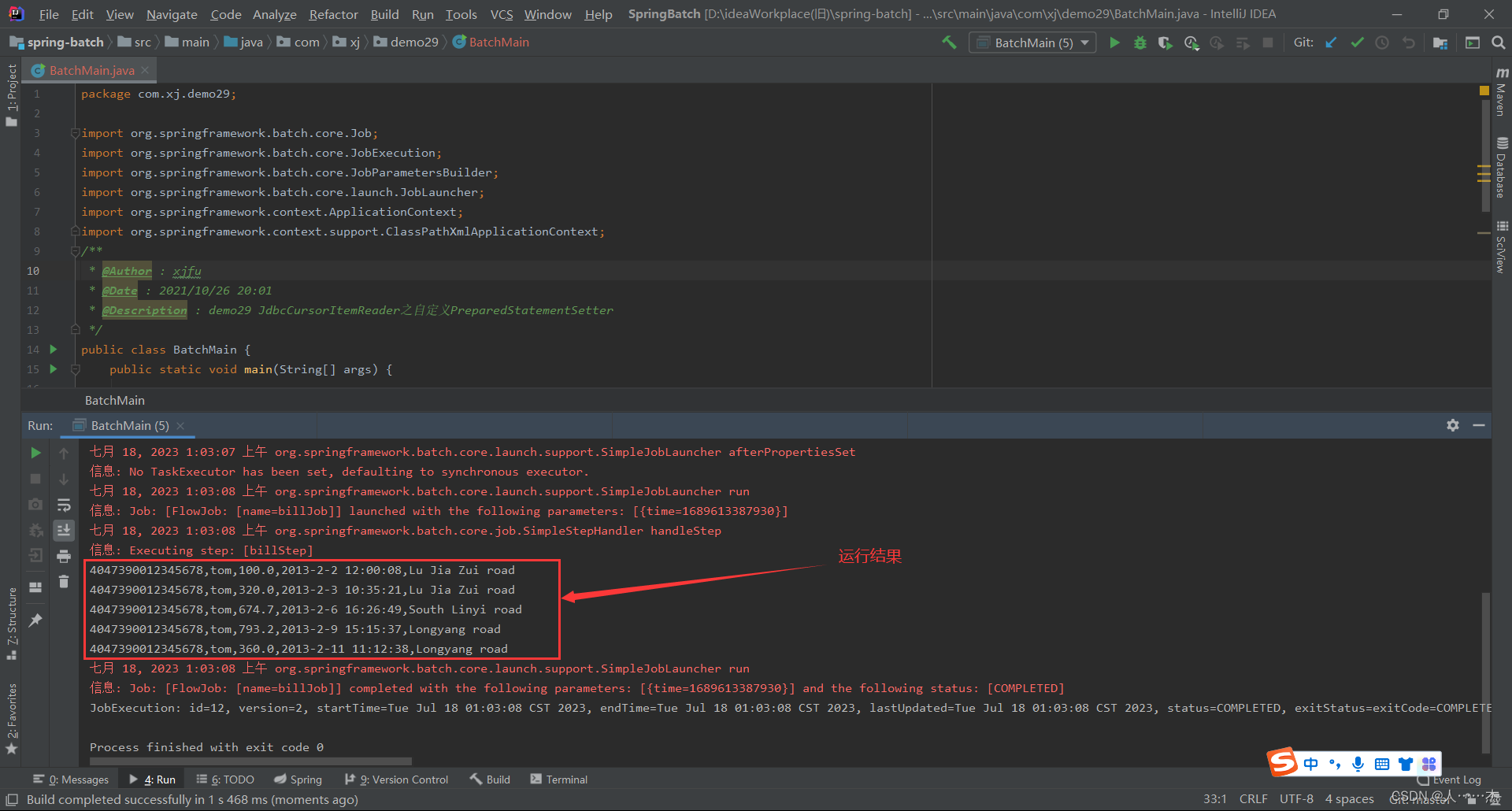

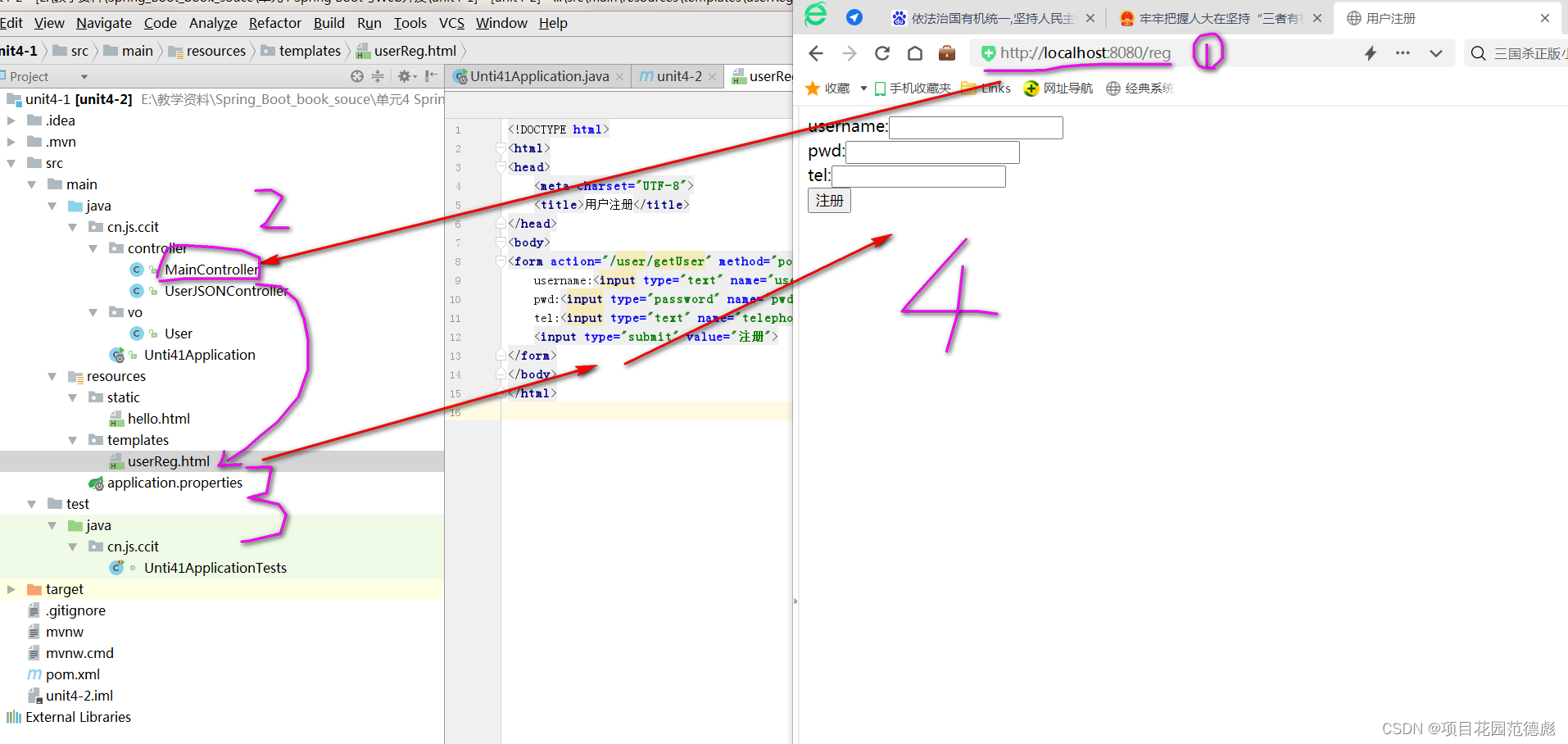

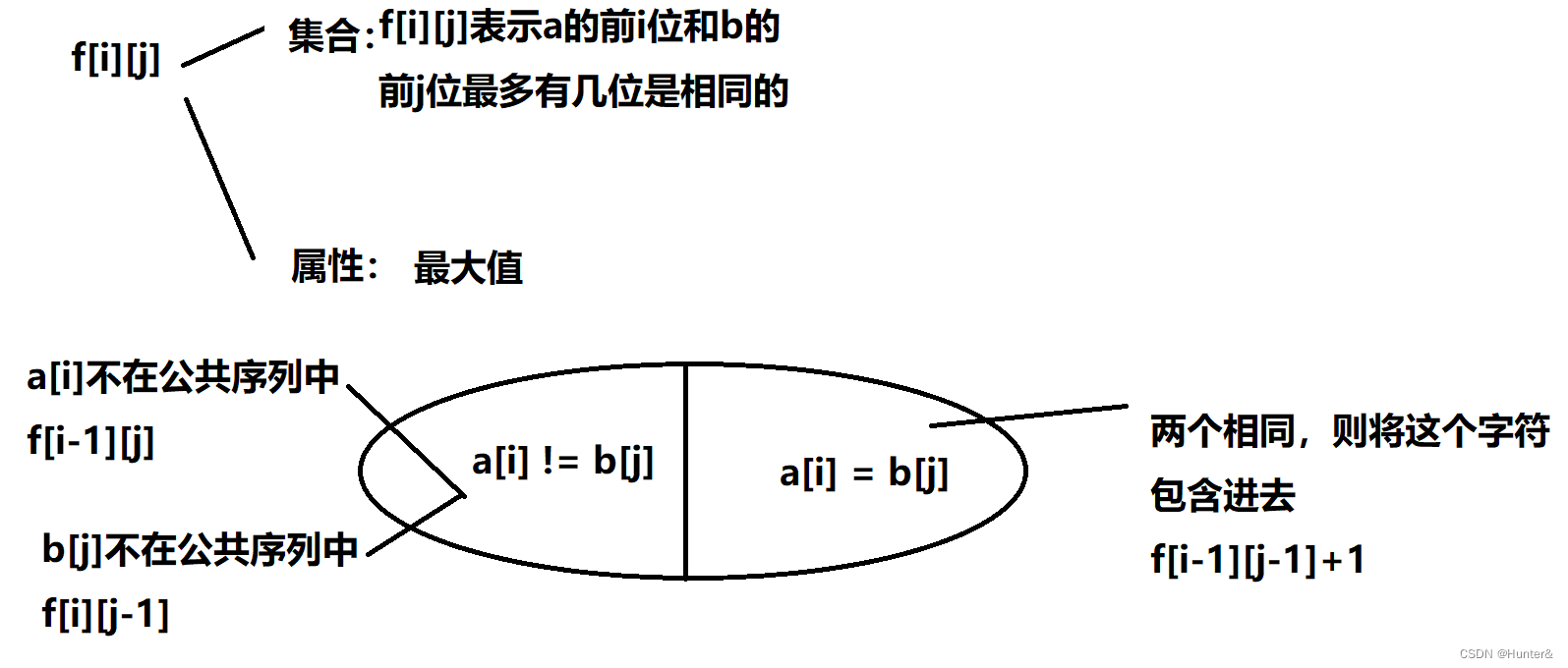

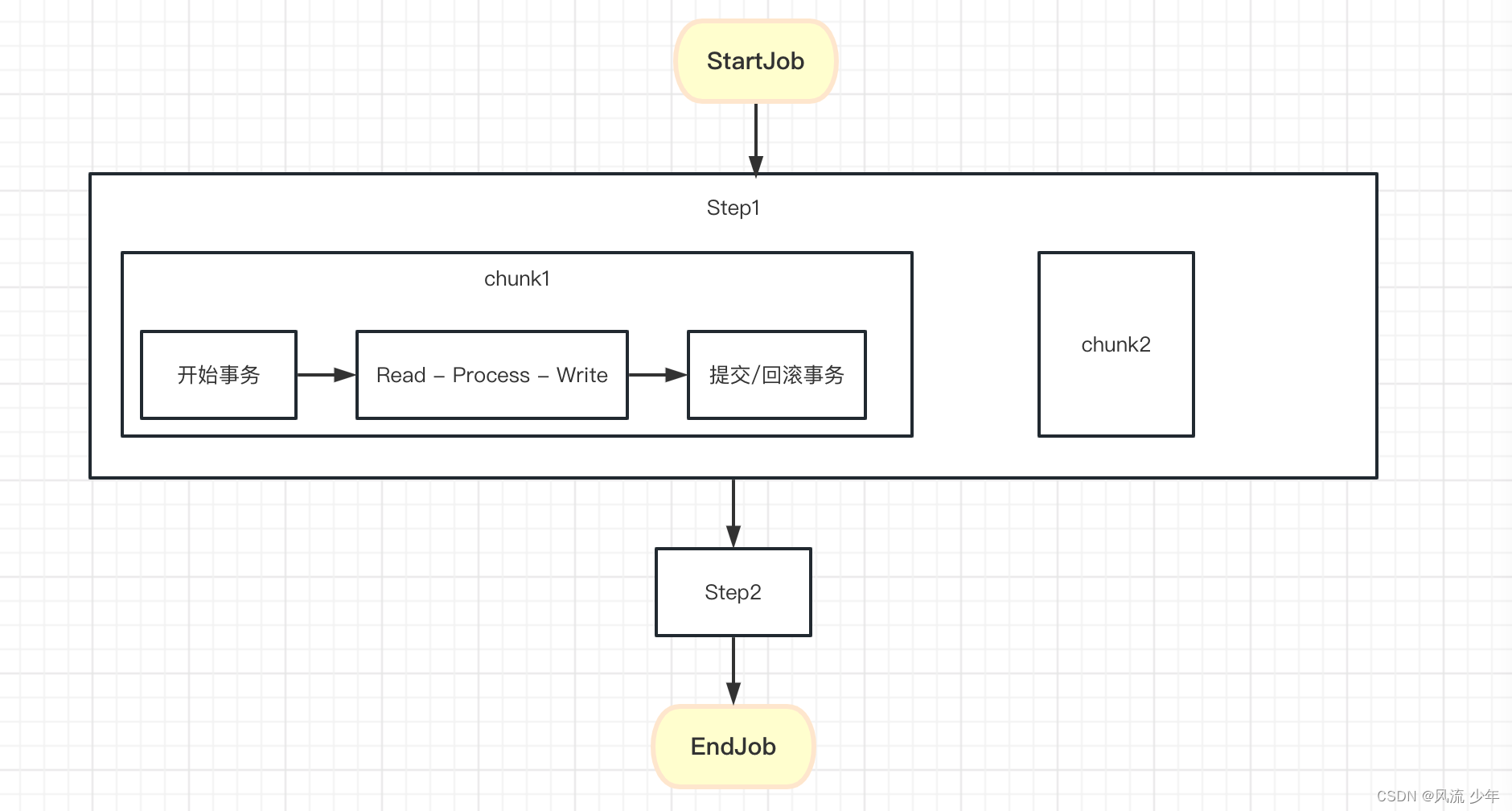

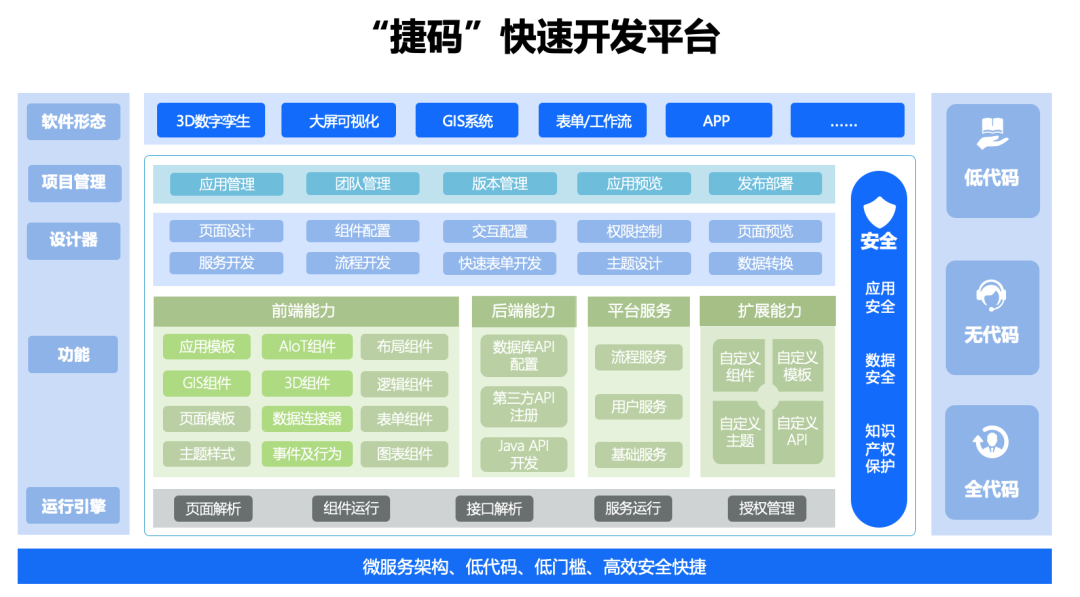
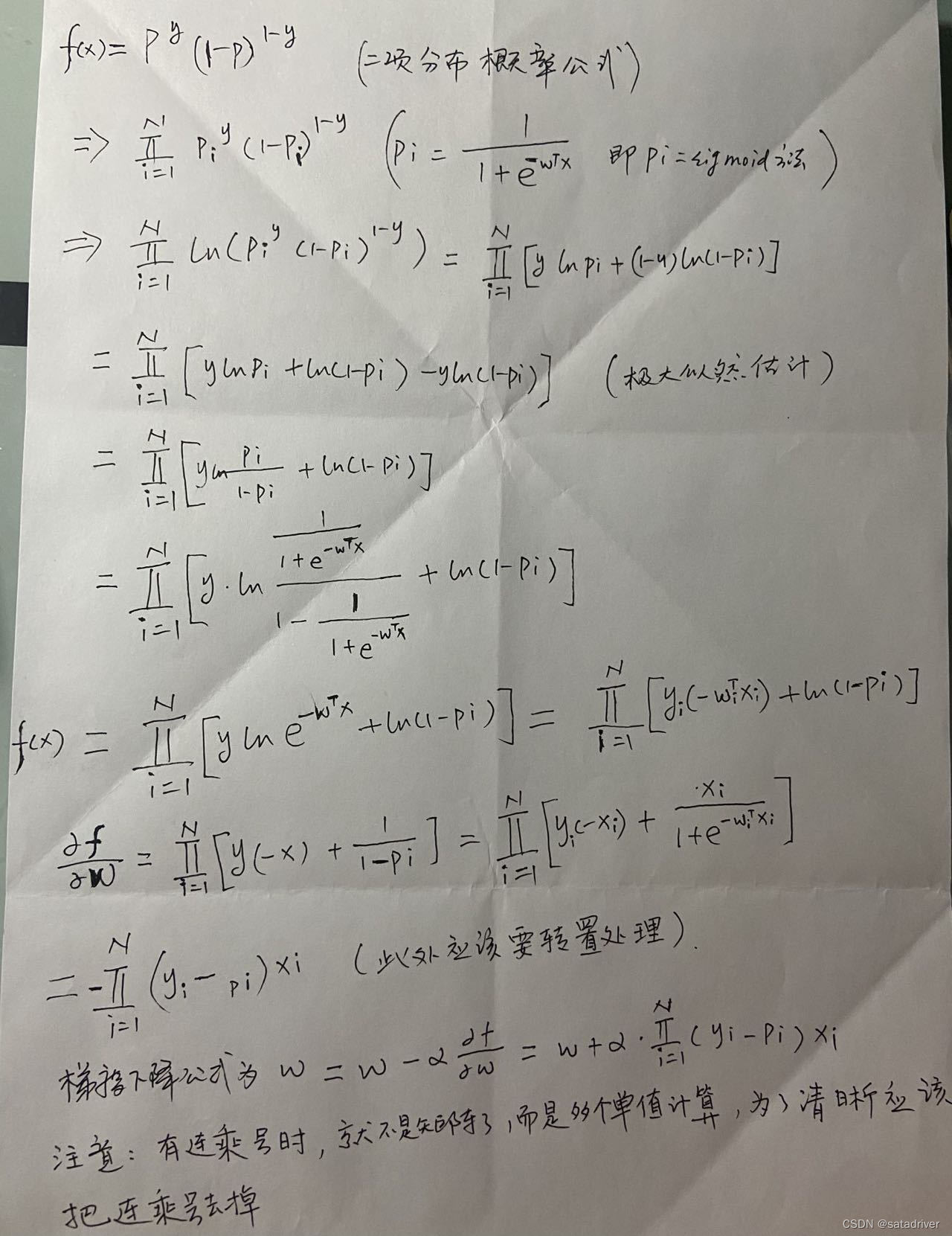
![[CPU飙升排查]生产CPU飙升,YGC不断的事故](https://img-blog.csdnimg.cn/3f10c5c2fd8a420b9256f1ffd0dc7e71.png)
